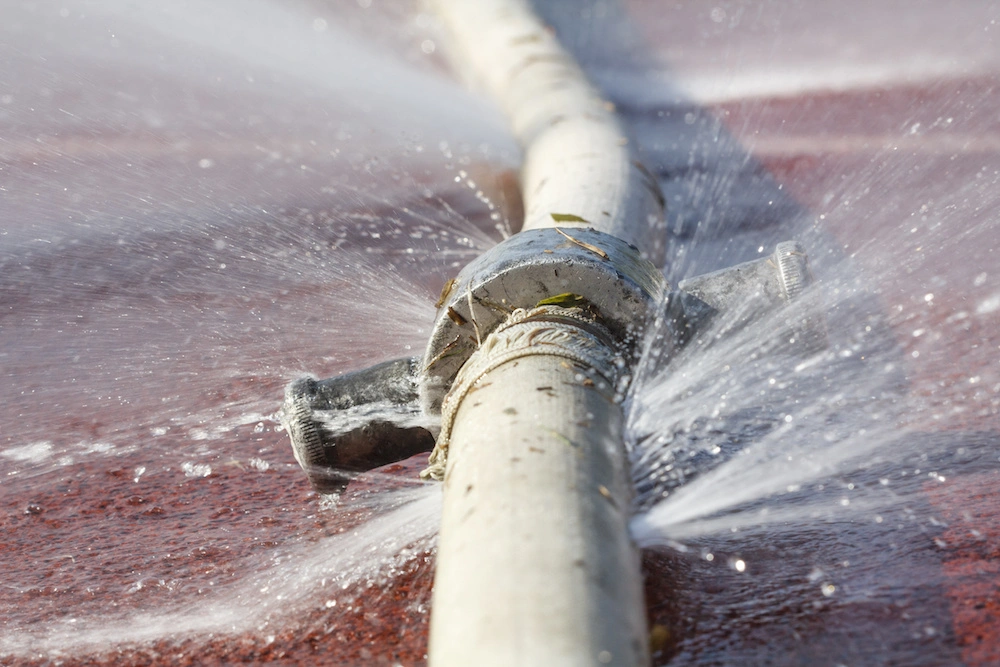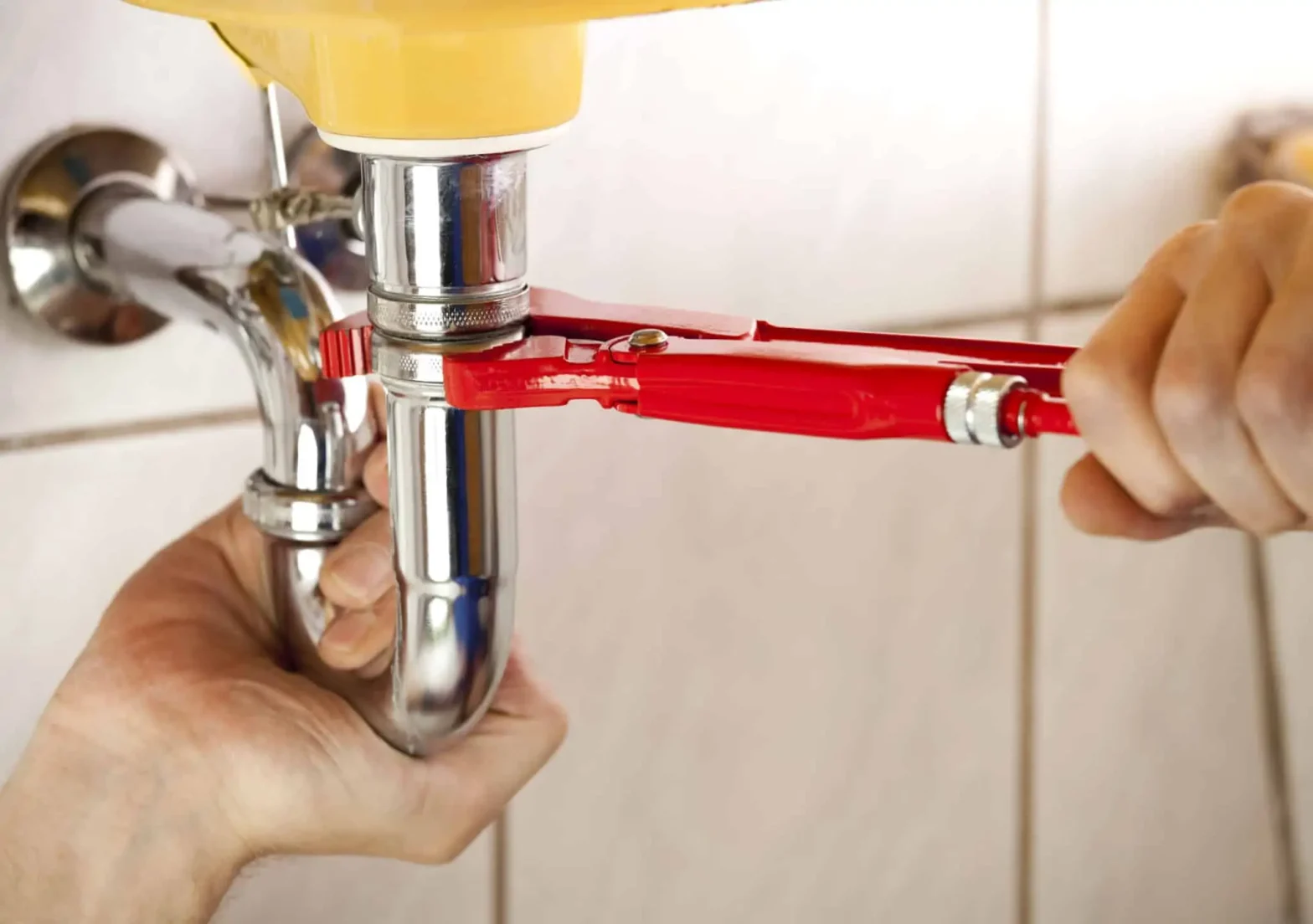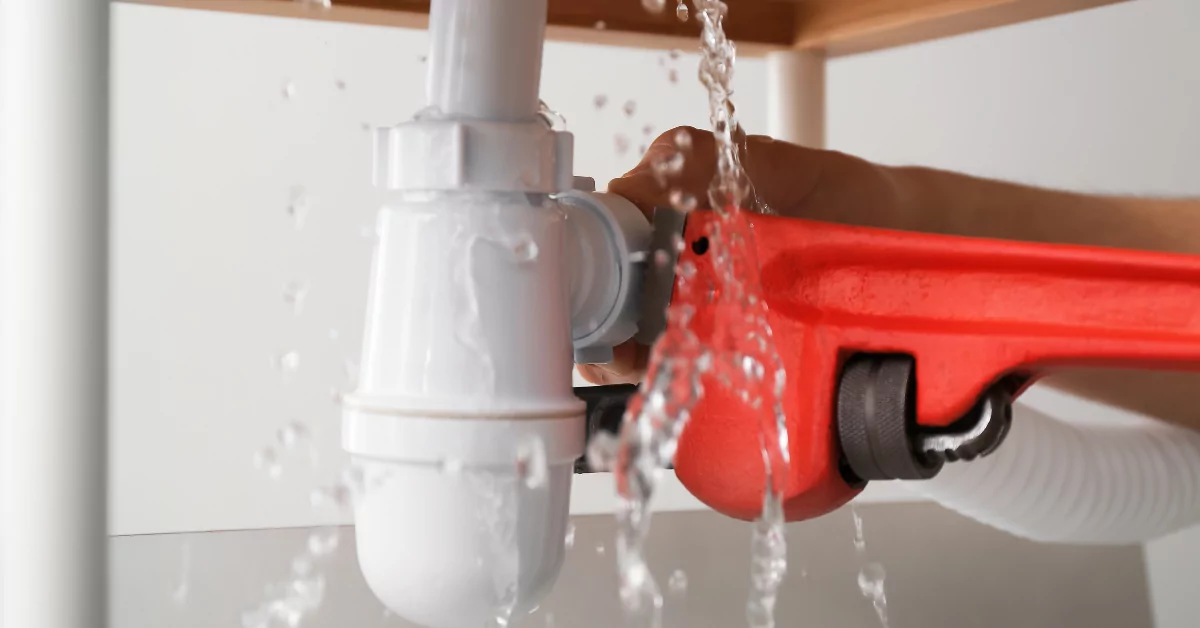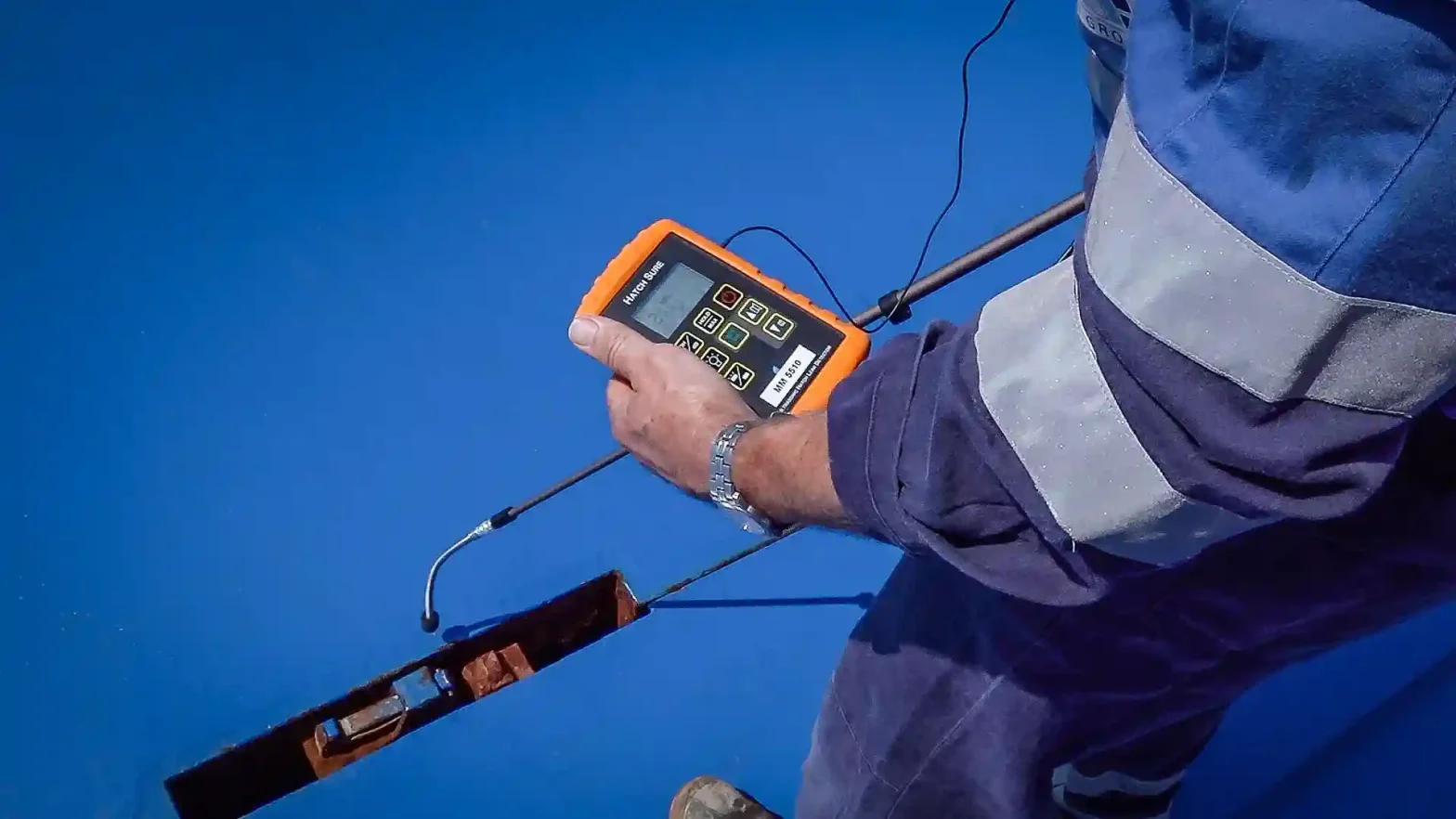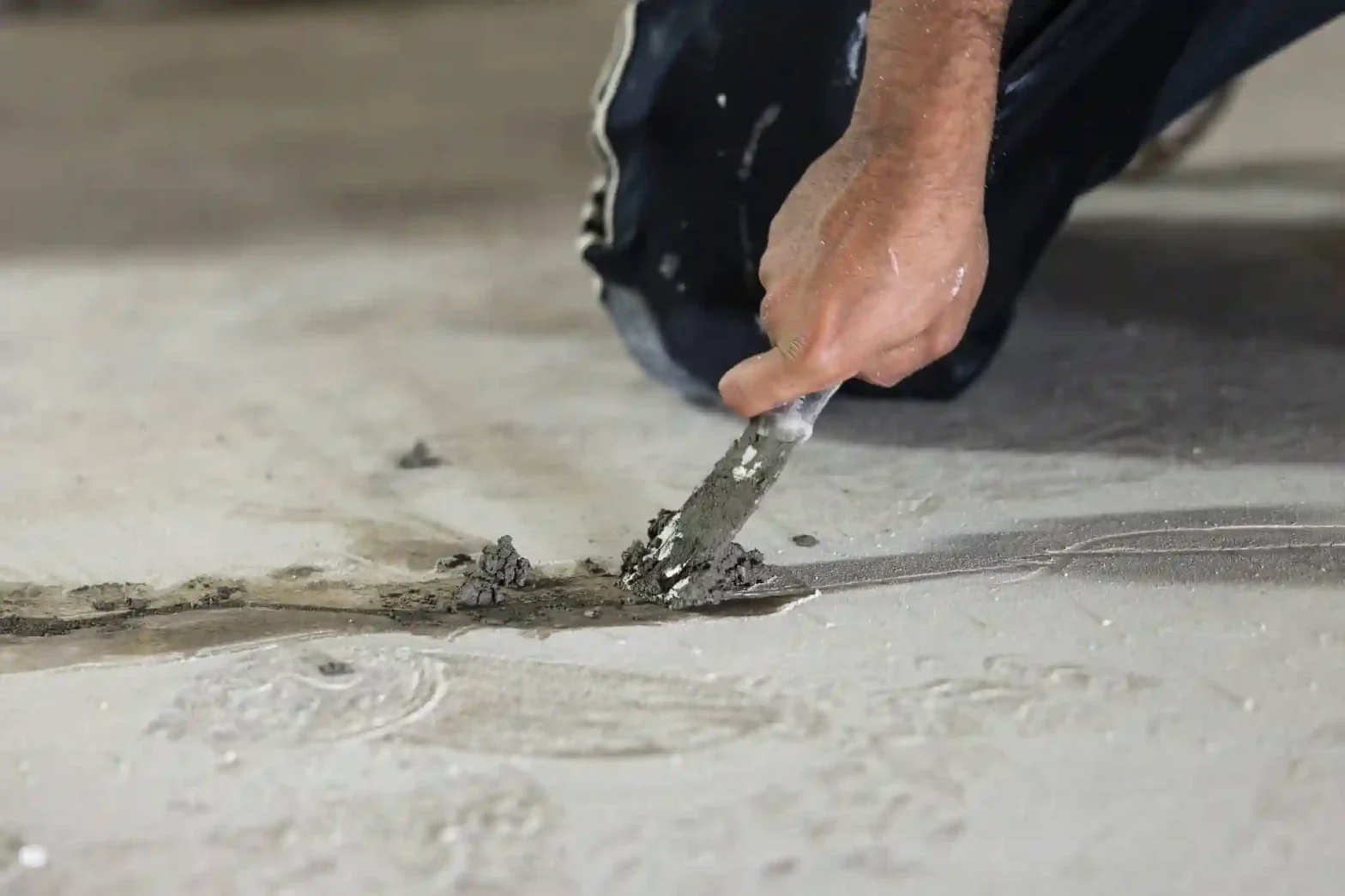Emergency Leak Response: What to Do Before the Plumber Arrives
When water suddenly appears where it shouldn’t, that is under a sink, across the hallway, or seeping up through the floor, every minute counts. The steps you take before the plumber arrives can dramatically reduce damage, protect your safety, and strengthen an insurance claim. This guide walks you through clear, calm actions to stop the water, secure the space, and set your home up for a fast, professional repair.
1. Make Safety Your First Priority
Water and electricity do not mix. If you see water near outlets, power strips, or appliances, switch off power to that area at the breaker panel. If the main electrical panel itself is wet or there is standing water around it, do not touch it; step away and wait for a professional. Treat any water from a toilet overflow, sewer backup, or a visibly contaminated source as hazardous; avoid contact and keep children and pets out of the affected rooms.
2. Stop the Flow at the Source
Find the nearest shut-off valve and close it fully. Toilets, sinks, dishwashers, and ice makers usually have localized valves on the supply line; turn these clockwise until snug. If you can’t identify the source or the water keeps flowing, close the main house shut-off. This valve often sits where the main line enters the home garage, utility closet, or exterior wall on the street side or in a covered meter box at the curb. After closing the main, open a faucet at the lowest level of the home to relieve pressure and encourage drainage.
3. Stabilize the Water Heater Safely
If the leak involves the hot water system or you’ve turned off the main, turn the water heater to “pilot” for gas units or switch off the dedicated breaker for electric models. This prevents the heater from running without adequate water, which can damage the unit. Do not drain the heater unless a plumber instructs you to do so; maintaining water inside helps protect the tank until a professional inspection can be made.
4. Document Everything for Your Records
Quick photos and short videos taken before you move items or begin cleanup are invaluable. Capture wide shots to show the overall area and close-ups of the leak source, wet materials, and any affected contents. Add time stamps if available and keep a simple note of when you discovered the leak and the actions you took. This documentation helps your plumber diagnose faster and provides evidence for an insurance claim if you file one.
5. Protect Belongings and Reduce Loss
Move furniture, rugs, shoes, and electronics out of the wet zone to a dry, ventilated area. If a heavy piece must stay put, slip foil, plastic lids, or furniture pads under the legs to prevent stains and wicking. Empty the bottoms of closets and cabinets that have taken on water, and prop cabinet doors open to ventilate. Prioritize porous items that absorb quickly, such as paper goods, cardboard boxes, textiles, and area rugs, so they can start drying immediately.
6. Remove Standing Water and Start Airflow
Use towels, a mop, and if you have one, a wet/dry vacuum to pull up as much standing water as possible. Wring towels into a bucket you can empty outside to avoid re-wetting floors. Create cross-ventilation by opening windows and doors if weather allows, then run portable fans aimed across wet surfaces rather than directly at one spot. If a dehumidifier is available, set it to continuous mode and check the bucket frequently. Reducing humidity early helps protect finishes and slows mold growth.
7. Avoid Spreading Contamination
If the water is dirty or smells foul, treat the situation as a sanitation risk. Keep airflow gentle to avoid aerosolizing contaminated droplets, and do not use household fans to blow air from a contaminated room into clean spaces. Close doors to isolate the area and place towels at thresholds as temporary barriers. Do not attempt to disinfect porous materials like carpet pads or saturated drywall; they typically require removal once a professional confirms moisture levels and category of water.
8. Try Safe, Temporary Stabilizations
A dripping supply line below a sink can sometimes be slowed by tightening a compression nut gently with a wrench do not overtighten. A pinhole in an exposed copper line may be tempered briefly with a rubber patch and hose clamps until the plumber arrives. For drain leaks, place a bucket under the trap and avoid using that fixture. These are temporary measures only; once the plumber arrives, they will perform a proper repair that meets code and manufacturer guidelines.
9. Keep Drying Through the First 48 Hours
Materials are most salvageable when they begin drying immediately. Continue running fans and dehumidifiers, rotating air paths every few hours to reach baseboards, cabinets, and corners. Lift the edge of area rugs to allow air circulation, and hang smaller textiles to dry in a well-ventilated space. If baseboards are actively wicking water, your plumber may recommend removing them to ventilate the wall cavity and prevent trapped moisture. Expect that carpet pads often need replacement even if the carpet face can be saved.
Communicate Early With Your Insurer
If you think you may file a claim, contact your carrier promptly to report a “sudden and accidental” water loss. Insurers expect you to take reasonable steps to mitigate further damage, so note the actions you’ve taken and keep receipts for any supplies or equipment you purchase or rent. Ask whether emergency mitigation requires carrier approval in your policy; in most cases, starting extraction and drying right away is encouraged.
What Your Plumber Will Likely Do First
Expect a brief walkthrough, followed by non-invasive diagnostics such as moisture mapping, thermal imaging, acoustic listening, or camera scoping. These tools pinpoint the leak without unnecessary demolition. Once identified, the plumber will explain the cause in clear terms and outline options, from localized repairs to more comprehensive fixes if the system shows broader wear. If mitigation is needed, a water damage restoration team may set air movers and dehumidifiers, take moisture readings, and apply antimicrobial solutions to hard surfaces according to industry best practices.
Strong, Professional Help Exactly When You Need It
A calm, organized response protects your home long before the toolbox comes out. Shut off the water, stay safe around electricity, document the scene, move belongings, remove standing water, and start drying. Then let an expert finish the job and prevent a repeat.
Ready for fast, clean, professional help? Contact Cali’s Choice for same-day leak detection, clear repair options, and industry-standard drying practices. Book online now to secure a convenient arrival window and get a written plan that fits your home and budget so you can go from crisis to comfort with confidence.
Frequently Asked Questions FAQs
Q: How do I shut off water fast if I can’t find the source?
A: Close the nearest fixture valve first (under sinks, behind toilets). If water keeps flowing, close the home’s main shut-off, then open a low faucet to relieve pressure.
Q: Should I turn off my water heater during a leak?
A: Yes. Set gas heaters to “Pilot” or switch off the breaker on electric units if you’ve shut the main. Don’t drain the tank unless a professional tells you to.
Q:Will homeowners insurance cover my leak?
A:Usually, “sudden and accidental” water damage is covered; long-term seepage or neglect isn’t. Report promptly, start mitigation, document with photos/videos, and keep receipts to support your claim.
Q: How can I prevent mold before help arrives?
A: Remove standing water, start airflow with fans, and run a dehumidifier. Ventilate cabinets, elevate rugs, and avoid cross-contaminating clean rooms. Disinfect hard surfaces; leave saturated drywall or pads for professionals.
Q: When is it time to call a pro immediately?
A: If electricity is threatened, the source is unknown, walls or floors are saturated, sewage is involved, or the leak seems under the slab/main supply, call a licensed plumber for same-day service.


